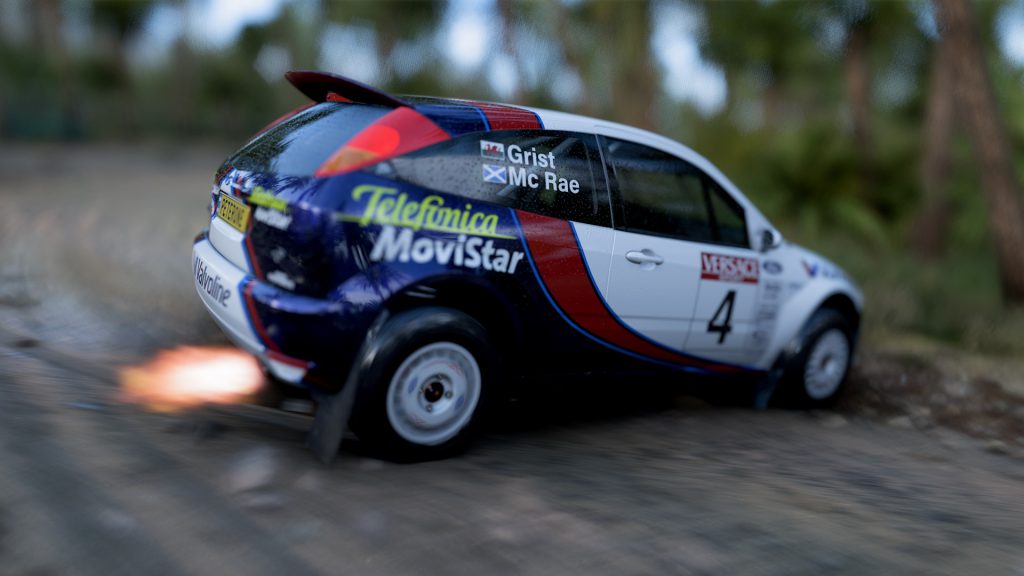Exographer is a game that analyzes elementary particle physics to tell a story that continues to captivate.
From his name, SciFun Gamesthe French studio clearly states its mission: learning by playing is the best method, even if we do not approach the game with this goal in mind. It’s scary when someone tries to sell a video game this way. The scales always tip one way and the victim, for the most part, tends to be fun, resulting in flat products, with a lot of educational material knowledge and few playable elements. The Exographer team is made up of gamer scientists with equal amounts of joystick and microscope hours. Already in his development diary You can see a lot of references to games and how they are constantly being exchanged between scientists, designers and programmers to find the best way to capture the world of elementary particles in a video game.
Scientific archaeologists.
A scientific group including InI, our protagonist, receives a call for help from the Nanitansa civilization already extinct because its planet was affected by new “absurd” questions. The call comes from a group of nine scientists who, each in their field, have contributed to the study of the structure of these materials to save the planet. Our job: to collect all this information and reconstruct the events that led to the disaster. Through the InI, we explored the academy where they shared their lives, as well as the different scientific installations, witnesses to the progress of their studies.

Exographer is an exploration metroidvania. There are no enemies as such, it relies more on platforming and solving puzzles to advance. Here the enemy is intelligence (or lack thereof) and the ability to understand the world and its dangers (the absurd questions). The scientific basis breathes into every aspect of the game. all the gadgets and the way they interact with materials has its real and plausible explanation. There are platform puzzles that we can play with our tools (let’s call them powers or power ups it removes scientific weight) and its effects on absurd subjects allow us to reach and activate the different mechanisms to obtain more information. But the real science lies on the board and the paper or, in this case, our tablet. Our greatest power is taking photos. We are tourists in the apocalypse. Each capture gives us information which is transferred to the tablet. with which we discover the secrets of each region and its inhabitants.

As I said, there are no enemies as such, but there is a kind of Final Bosses: The Analyzes. The photos reveal rays with movement, cadence and wave. We need to understand the sequence. These more or less complicated puzzles are based on overwhelming logic and the educational part of the group took care of a solid and consistent difficulty curve add elements to the same exercise to make a sum that ends up being an equation with all the letters of the alphabet. From what they say, it’s based on CERN experiments: don’t be afraid, they are professors and they explain them well. In general, the puzzles are easy. The goal of all these experiments is to complete a Rosetta Stone that discovers elementary particles and how they react with each other. This is the densest part of the experience, but it is not necessary to understand it, but once you are already involved in the task it is even interesting even if you understand half of it because you is a literate person (as is my case).

Very measured design.
The pixel art in which Exographer is developed marks the clearly retro style with references (in terms of image) to 16 to 32 bit games. They implement it in a surprising way on certain occasions. An example of this is the teleport tunnel at the beginning where we go from two large pixels to the complicated body of InI, simulating the restructuring of matter. The artistic direction is very careful, inspired by places typical of science fiction but as real as particle colliders, cosmic ray observatories found in deserts or underground caverns where neutrinos are isolated. We go through it all on a very well woven map and with the exact dose typical of metroidvania forproviding freedom of movement but offering an almost linear story arc.
At this point what you’re missing is a complete map and not what it gives you: a detailed map of each section, not the general overview we’re used to. A license that only makes the game easier, perhaps too much because you can get lost, yes, but the level of detail of the maps of each section and the information they offer you is too detailed. You will always know where you are missing something and which area you have completed. What it achieves as a metroidvania is the fluid movement of InI. Exographer does not require great motor skill, but it does requireinchronicity in skill use that we acquire. They often complement each other in surprising ways and the resolution of certain areas depends on the ability to activate and deactivate them, interacting with the different absurd materials to leave an area or activate a machine.

Conclusions.
Exographer doesn’t attract you for its science or for the badge it sometimes displays in text form, it engages you because of the game. Captivate with its pixel art and serene exploration through a world without enemies but stimulating in its puzzles to help you move forward. The theme of learning elementary particle physics is offered to you by the story and by a very conservative difficulty curvesometimes excessively. The level of progression makes the concepts assimilated so well that the resolution is logical and therefore seems easy. In this case, the balance leans toward the playful, but leaves a rewarding repository of knowledge that I believe serves the function of study.
Exographer
Benefits
- Good synergies between Powerups
- Very careful art
- Very studied difficulty curve
Disadvantages
- The save system may be a problem
- Lots of pointer control that requires a mouse
Table of Contents









